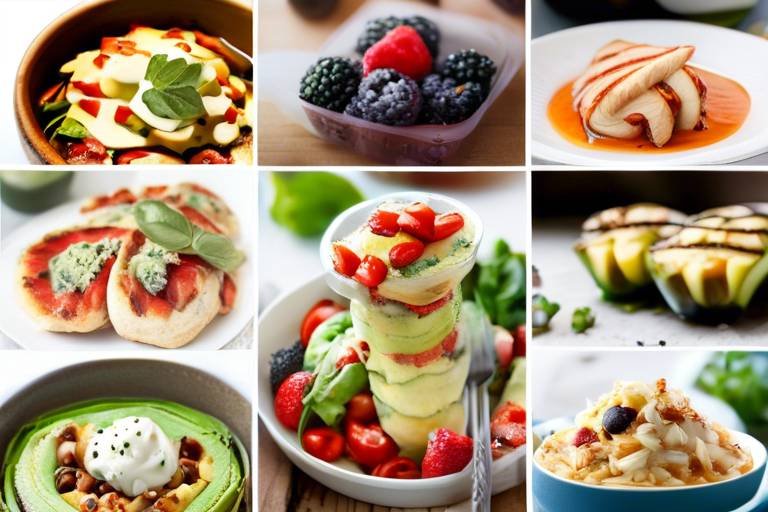The Secret to Perfectly Roasted Vegetables
Are you ready to elevate your culinary skills and impress your taste buds with perfectly roasted vegetables? Unlock the secrets to achieving mouthwatering dishes that burst with flavor and texture. Roasting vegetables is an art form that requires precision, creativity, and a touch of magic. Let's delve into the key techniques and tips that will take your roasted vegetables to the next level.
When it comes to roasting vegetables, the first step is choosing the right produce. Opt for vegetables that have a firm texture, moderate moisture content, and robust flavor profiles. Vegetables like bell peppers, zucchini, carrots, and cauliflower are excellent choices for roasting as they caramelize beautifully and develop rich flavors when exposed to high heat.
Prepping and seasoning your vegetables are crucial steps in the roasting process. Ensure that your vegetables are cut into uniform pieces to promote even cooking. Experiment with different seasoning blends, such as garlic and herbs or spicy paprika, to add depth and complexity to your dish. Don't be afraid to get creative with your seasoning combinations!
Setting the optimal roasting temperature and time is essential for achieving perfectly caramelized vegetables. A high temperature, around 400-425°F, helps to create a crispy exterior while maintaining a tender interior. Keep an eye on your vegetables as they roast to prevent burning and achieve the ideal level of caramelization.
Herbs and spices are your best friends when it comes to enhancing the natural flavors of roasted vegetables. Sprinkle fresh herbs like rosemary or thyme over your vegetables before roasting to infuse them with aromatic goodness. Experiment with spices like cumin, turmeric, or smoked paprika to add a kick of flavor that will tantalize your taste buds.
Don't limit yourself to just olive oil – explore the world of different oils for roasting vegetables. From avocado oil to sesame oil, each variety brings its own unique flavor profile and smoking point to the table. Choose an oil that complements the flavors of your vegetables and adds an extra layer of richness to your dish.
For an added crunch and nutritional boost, consider incorporating nuts and seeds into your roasted vegetables. Walnuts, almonds, pumpkin seeds, and sunflower seeds not only provide a delightful texture contrast but also pack a punch of healthy fats and protein. Sprinkle them over your vegetables before roasting for a satisfying crunch in every bite.
When it comes to presentation, let your creativity shine. Arrange your roasted vegetables on a platter with a sprinkle of fresh herbs or a drizzle of balsamic glaze for an elegant touch. Consider serving them in individual ramekins or on skewers for a fun and interactive dining experience. The presentation is just as important as the taste!
To complete your meal, pair your roasted vegetables with complementary main dishes. Whether it's a succulent roast chicken, a hearty beef stew, or a flaky piece of grilled fish, the possibilities are endless. The combination of roasted vegetables with a well-chosen main dish creates a harmonious balance of flavors and textures that will satisfy even the most discerning palate.
Now that you've mastered the art of roasting vegetables, it's time to put your skills to the test. Experiment with different vegetables, seasonings, and cooking techniques to create unique and delicious dishes that will leave your guests craving more. With the right knowledge and a sprinkle of creativity, you can unlock the secret to perfectly roasted vegetables and take your culinary creations to new heights.
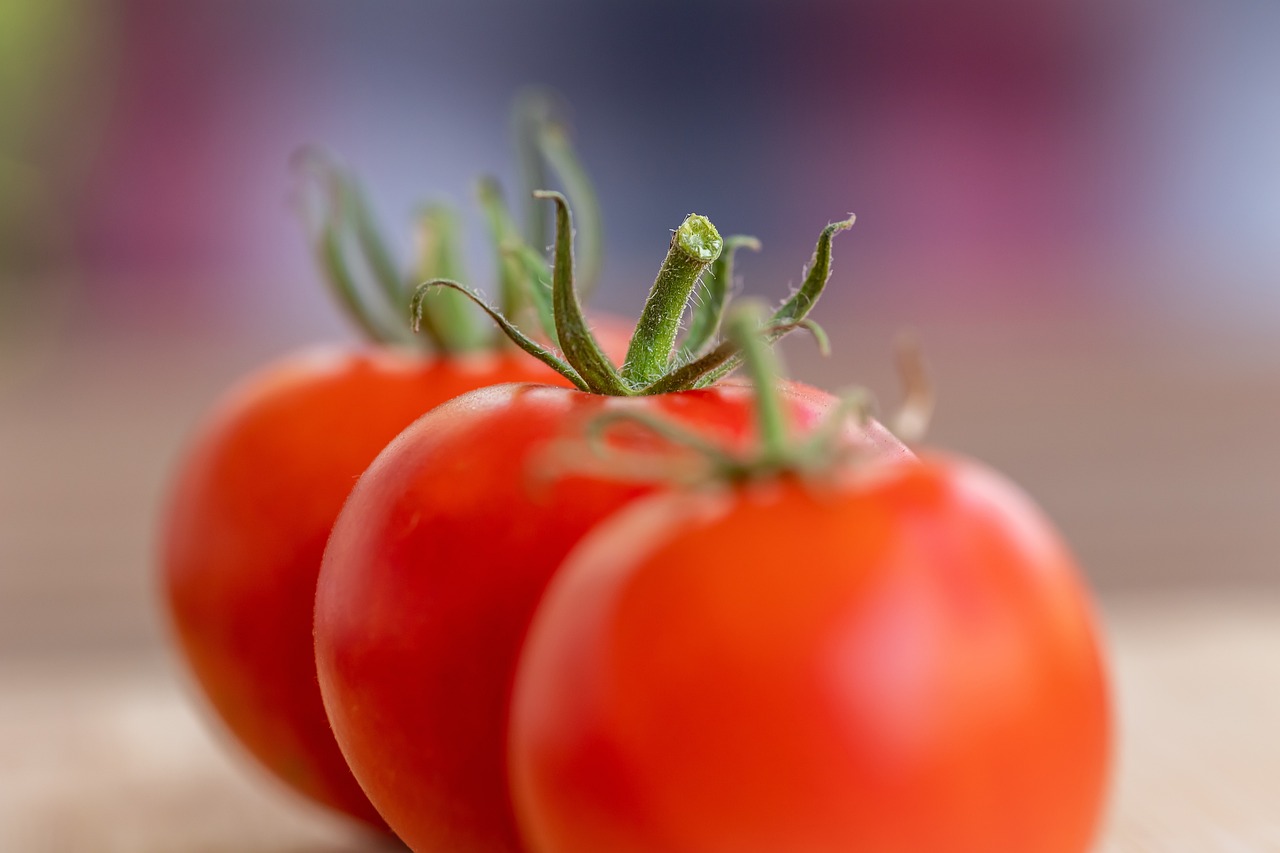
Choosing the Right Vegetables
Discover the key techniques and tips for achieving delicious and perfectly roasted vegetables every time, enhancing flavors and textures for a delightful culinary experience.
Selecting the best vegetables for roasting is crucial to ensure optimal results. Consider the texture, moisture content, and flavor profiles of the vegetables. Vegetables like bell peppers, zucchini, carrots, and Brussels sprouts are excellent choices due to their ability to caramelize and develop rich flavors when roasted. Root vegetables such as potatoes and sweet potatoes offer a hearty and satisfying element to roasted dishes. Pairing vegetables with varying textures and colors can create a visually appealing and flavorful roasted vegetable medley.
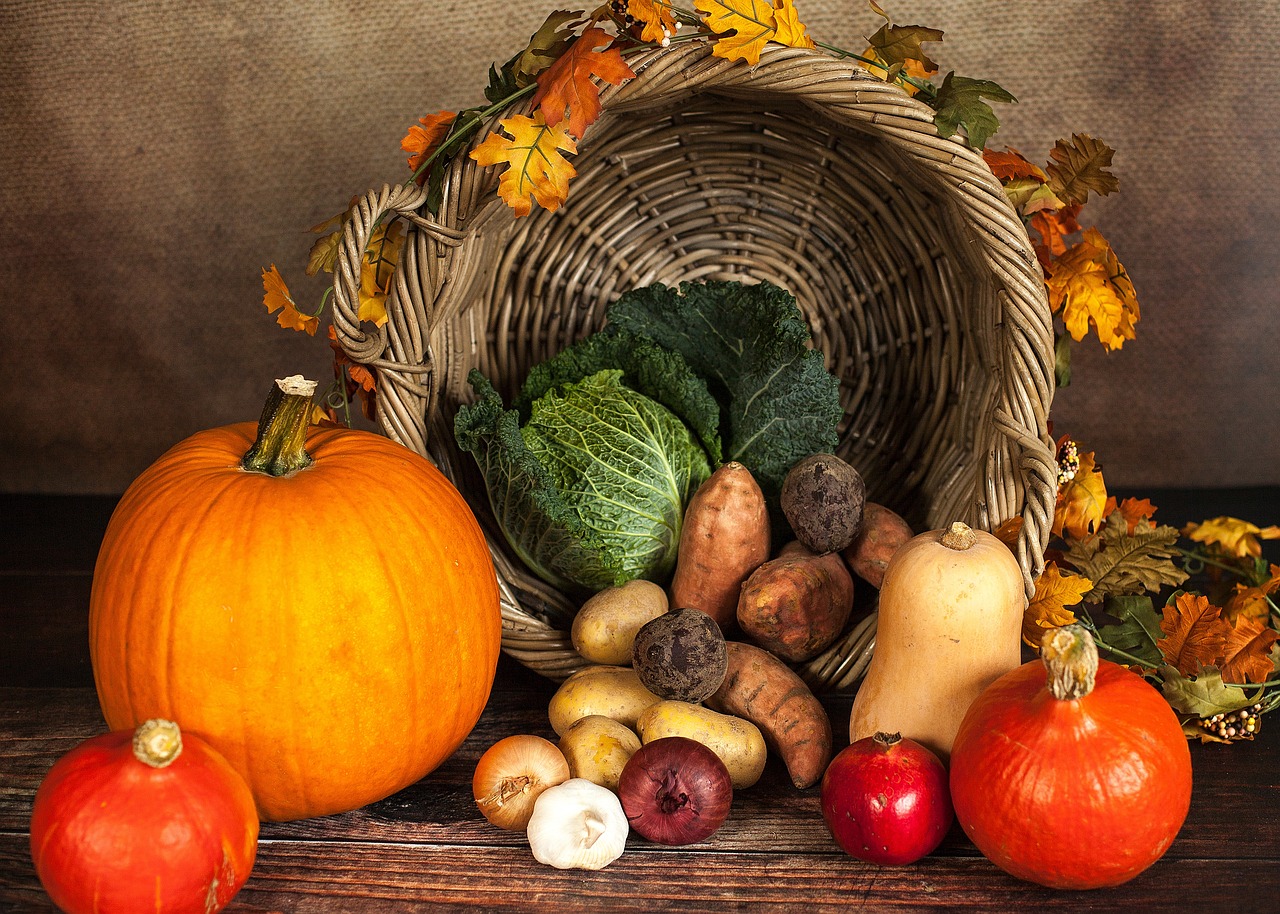
Prepping and Seasoning
When it comes to preparing vegetables for roasting, the key lies in proper prepping and seasoning. Before popping them into the oven, it's essential to wash and dry your vegetables thoroughly. This not only ensures cleanliness but also helps in achieving that perfect crispy texture once roasted. Remember, dry vegetables roast better!
Next, consider the size and shape of your vegetable cuts. Uniform pieces ensure even cooking, preventing some from being undercooked while others are overly charred. Additionally, larger pieces may require longer cooking times, so adjust accordingly to achieve that ideal balance of tenderness and caramelization.
Seasoning is where you can truly elevate the flavors of your roasted vegetables. While a simple drizzle of olive oil, salt, and pepper can work wonders, don't be afraid to experiment with different herbs and spices. From classic rosemary and thyme to exotic blends like za'atar or garam masala, the possibilities are endless.
Consider creating a seasoning mix by combining your favorite herbs and spices with a touch of garlic powder or paprika for an added kick. Toss your vegetables in this flavorful blend before roasting to ensure every bite is bursting with taste. Seasoning is the secret ingredient that transforms ordinary vegetables into extraordinary dishes.
Moreover, don't underestimate the power of acidity in enhancing the overall taste profile of your roasted vegetables. A splash of balsamic vinegar or a squeeze of lemon juice can brighten up the flavors and add a refreshing zing to your dish. Balance is key - a hint of acidity can bring harmony to the richness of roasted vegetables.
Lastly, don't forget about the sweetness factor. Some vegetables, like carrots or sweet potatoes, benefit from a touch of sweetness to complement their natural flavors. A drizzle of honey or a sprinkle of brown sugar can caramelize during roasting, adding a delicious depth of flavor to your dish. Playing with sweet and savory elements can create a symphony of tastes in your roasted vegetables.
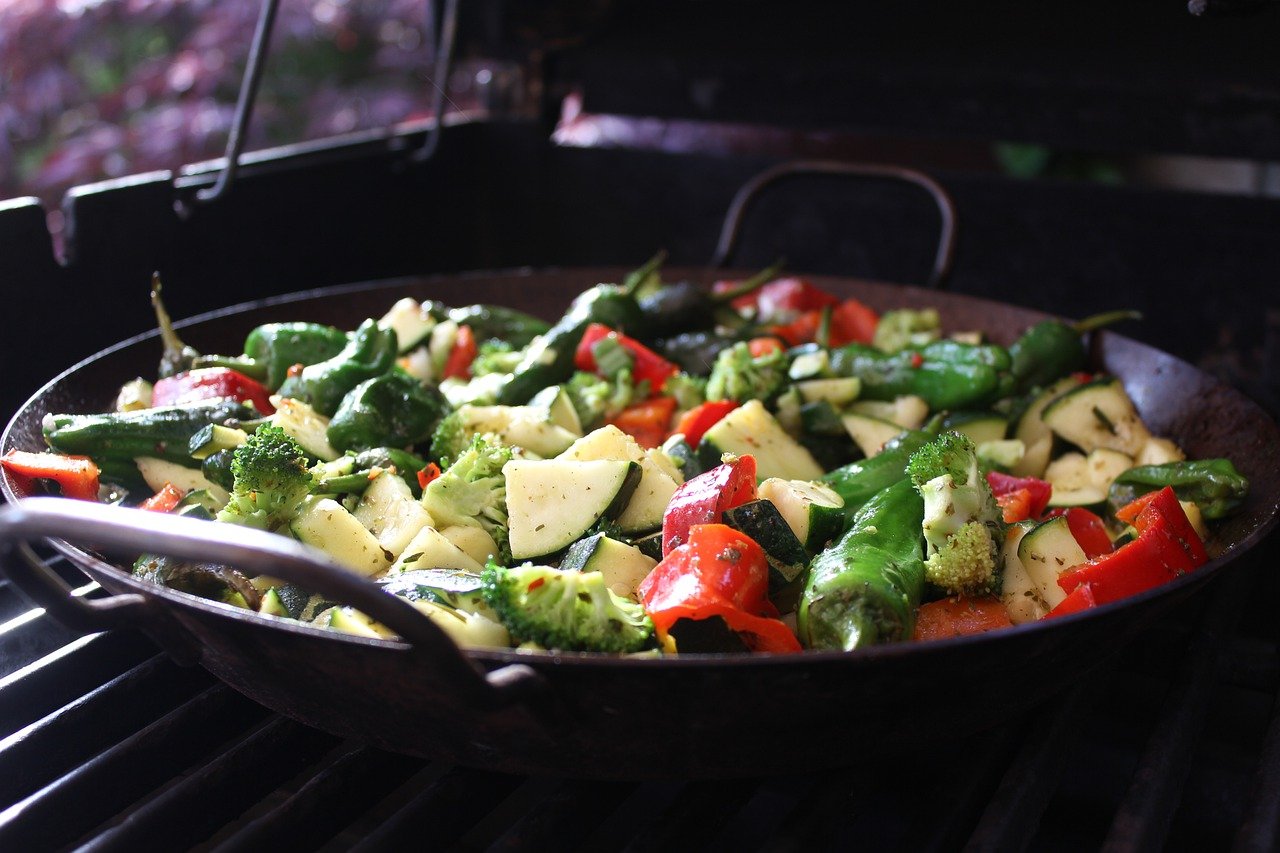
Optimal Roasting Temperature and Time
Discover the key techniques and tips for achieving delicious and perfectly roasted vegetables every time, enhancing flavors and textures for a delightful culinary experience.
When it comes to roasting vegetables, getting the temperature and timing just right can make all the difference between a mediocre dish and a show-stopping one. The magic happens when the vegetables are exposed to the perfect balance of heat and time, allowing them to caramelize and develop complex flavors while maintaining a tender texture.
One of the fundamental aspects of roasting vegetables is setting the oven temperature correctly. Most vegetables roast beautifully between 400°F to 450°F (200°C to 230°C). This temperature range ensures that the vegetables cook evenly and caramelize on the outside while remaining tender on the inside. However, delicate vegetables like asparagus or cherry tomatoes may benefit from a slightly lower temperature to prevent burning.
Timing is crucial in achieving the desired results when roasting vegetables. Different vegetables require varying cooking times based on their density and moisture content. Root vegetables such as potatoes and carrots typically take longer to roast, around 30-45 minutes, while softer vegetables like zucchini or bell peppers may only need 15-20 minutes. Keep a close eye on the vegetables towards the end of the cooking time to prevent overcooking or burning.
For a foolproof method, consider using a reliable cooking thermometer to ensure the vegetables reach the ideal internal temperature for perfect doneness. Experiment with different cooking times and temperatures to find the sweet spot that suits your preferences and brings out the best flavors in your roasted vegetables.
Remember, the key to achieving perfectly roasted vegetables lies in finding the optimal balance between roasting temperature and time, allowing you to unlock the full potential of each vegetable's natural flavors and textures.
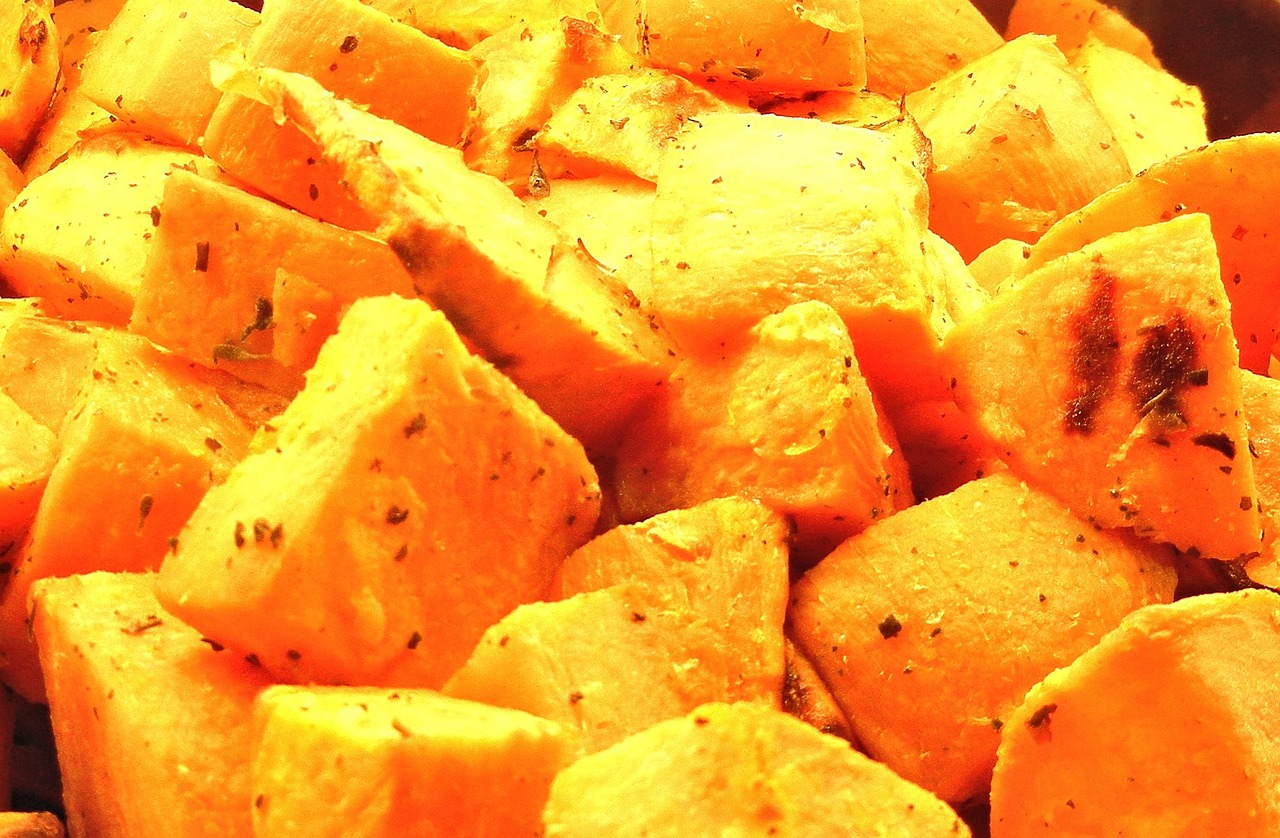
Enhancing with Herbs and Spices
Discover the key techniques and tips for achieving delicious and perfectly roasted vegetables every time, enhancing flavors and textures for a delightful culinary experience.
When it comes to elevating the flavors of your roasted vegetables, herbs and spices play a crucial role. These aromatic additions have the power to transform a simple dish into a culinary masterpiece. Imagine a symphony where each herb and spice is like a different instrument, coming together to create a harmonious melody of flavors.
Experiment with a variety of herbs such as rosemary, thyme, oregano, and basil to infuse your vegetables with earthy and fresh notes. These herbs not only add depth to the dish but also provide a fragrant aroma that will tantalize your senses.
Spices like cumin, paprika, turmeric, and chili powder can bring warmth, heat, and a touch of exoticism to your roasted vegetables. By carefully balancing these spices, you can create a perfect blend of flavors that will leave your taste buds craving for more.
Consider creating your own spice blends to customize the taste profile of your roasted vegetables. Mix and match different spices to create unique combinations that reflect your personal preferences and culinary creativity.
Herbs and spices not only enhance the taste of your vegetables but also offer various health benefits. From anti-inflammatory properties to antioxidant-rich profiles, these natural flavor enhancers can boost both the flavor and nutritional value of your roasted vegetable dishes.
Q: Can I roast frozen vegetables?
A: While fresh vegetables are ideal for roasting due to their texture and flavor, you can roast frozen vegetables as well. Ensure they are thawed and pat them dry before roasting to prevent excess moisture.
Q: How can I prevent my roasted vegetables from becoming soggy?
A: To avoid soggy roasted vegetables, make sure to spread them out in a single layer on the baking sheet. Crowding the vegetables can trap moisture and prevent proper caramelization.
Q: Are roasted vegetables healthy?
A: Roasted vegetables are a healthy and nutritious option as they retain most of their vitamins and minerals during the roasting process. However, be mindful of the amount of oil and seasonings used for added health benefits.
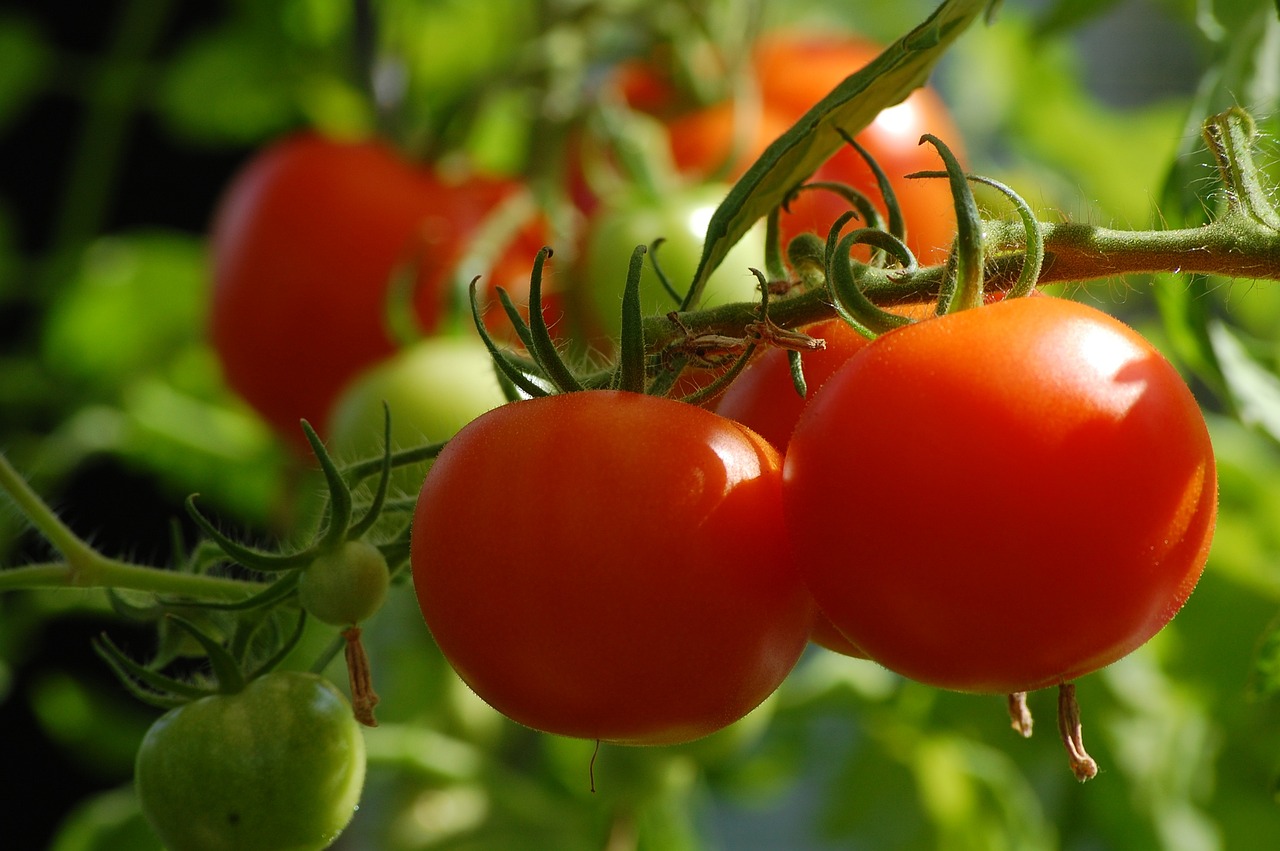
Experimenting with Different Oils
When it comes to roasting vegetables, the choice of oil plays a crucial role in determining the final flavor and texture of the dish. Different oils offer unique characteristics that can enhance or alter the taste profile of the roasted vegetables. Experimenting with various oils allows you to customize the dish according to your preferences and create a unique culinary experience.
One popular option for roasting vegetables is olive oil, known for its rich flavor and health benefits. Extra virgin olive oil adds a distinct fruity and peppery note to the vegetables, while regular olive oil provides a milder taste. Olive oil also has a lower smoking point, making it ideal for roasting at lower temperatures to preserve its delicate flavors.
Alternatively, you can explore the nutty and buttery flavors of oils like avocado oil or ghee for roasting vegetables. Avocado oil has a high smoking point, making it suitable for high-temperature roasting methods that require a longer cooking time. Ghee, a form of clarified butter, adds a unique richness and depth to the vegetables, enhancing their overall taste profile.
Certain oils, such as sesame oil or coconut oil, offer a distinctive flavor profile that can complement specific types of vegetables. Sesame oil adds a nutty and aromatic taste, perfect for Asian-inspired roasted vegetables, while coconut oil lends a subtle sweetness and tropical flair to dishes like roasted sweet potatoes or butternut squash.
For those looking to infuse a hint of smokiness into their roasted vegetables, using oils like walnut oil or smoked olive oil can provide a unique flavor dimension. Walnut oil imparts a slightly bitter and earthy taste, enhancing the natural sweetness of root vegetables, while smoked olive oil adds a bold and smoky undertone that pairs well with hearty vegetables like Brussels sprouts or cauliflower.
Experimenting with different oils not only allows you to diversify the flavors of your roasted vegetables but also opens up a world of culinary possibilities. By selecting the right oil based on your desired taste profile and cooking method, you can elevate the humble vegetable dish into a gourmet masterpiece that tantalizes the taste buds and delights the senses.
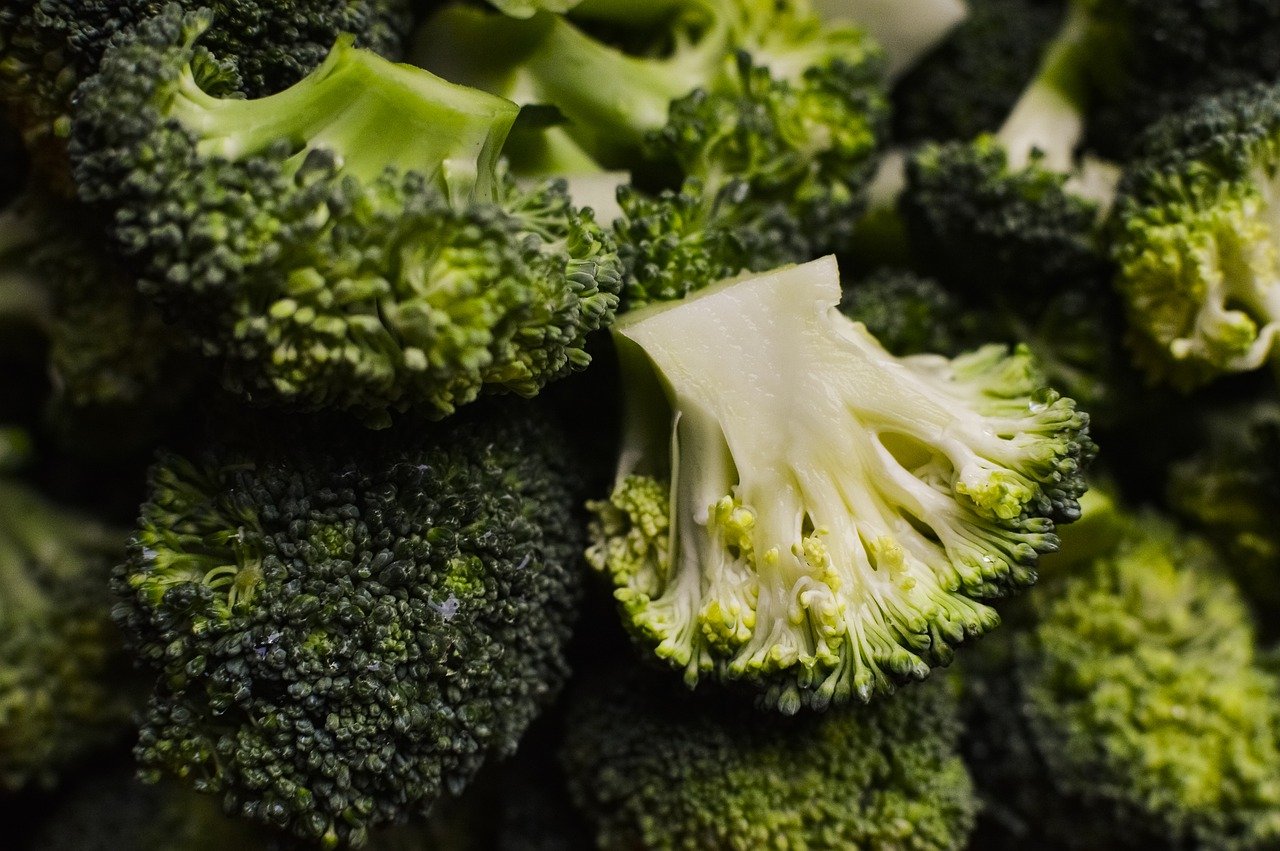
Adding Texture with Nuts and Seeds
Discover the key techniques and tips for achieving delicious and perfectly roasted vegetables every time, enhancing flavors and textures for a delightful culinary experience.
When it comes to adding an extra dimension to your roasted vegetables, nuts and seeds are the perfect ingredients to consider. Not only do they provide a satisfying crunch, but they also offer a range of nutritional benefits that can elevate your dish to a whole new level.
Imagine biting into a perfectly roasted carrot that's not only tender and flavorful but also has a delightful crunch from toasted almonds sprinkled on top. The combination of textures creates a symphony in your mouth, making each bite a truly enjoyable experience.
Walnuts, sesame seeds, pumpkin seeds, or even pine nuts can add a unique texture and flavor profile to your roasted vegetables. Whether you prefer the earthy richness of walnuts or the nutty sweetness of sesame seeds, experimenting with different nuts and seeds can take your dish from ordinary to extraordinary.
For a simple yet elegant presentation, consider creating a nut and seed topping by mixing your favorite varieties with a touch of olive oil, salt, and a sprinkle of herbs. Once roasted, this mixture can be used to garnish your vegetables, adding a final touch of texture and flavor that will impress your guests.
Remember, the key to successfully incorporating nuts and seeds into your roasted vegetables is balance. You want to enhance the dish without overpowering the natural flavors of the vegetables themselves. By experimenting with different combinations and quantities, you can find the perfect balance that suits your taste preferences.
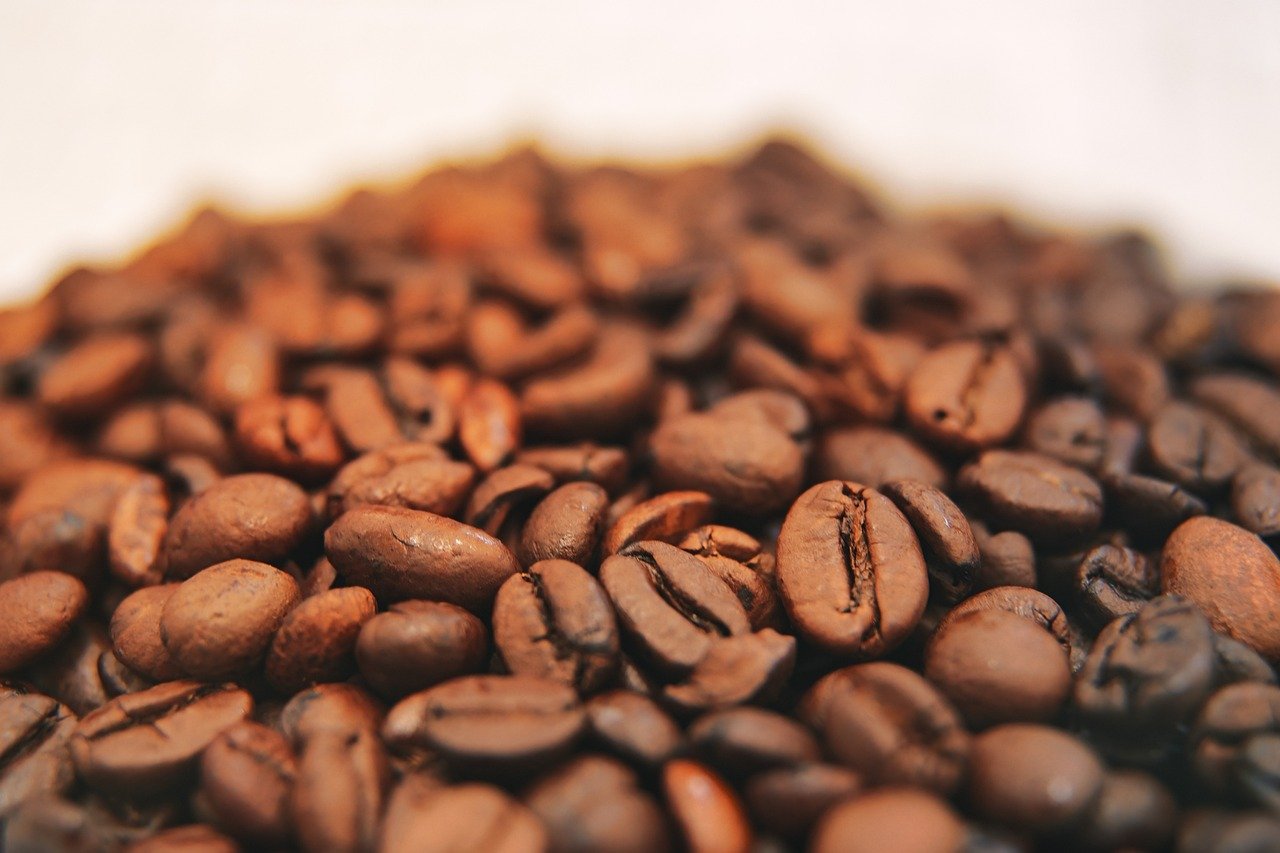
Creative Presentation Ideas
When it comes to presenting roasted vegetables, creativity can truly elevate the dining experience to a whole new level. One creative idea is to arrange the roasted vegetables in a colorful and visually appealing manner on a platter, creating a feast for the eyes before even taking the first bite. Think of the vibrant hues of different vegetables coming together to form a beautiful mosaic of flavors and textures.
Another innovative presentation idea is to serve the roasted vegetables in individual mini cast-iron skillets or ramekins, adding a touch of rustic charm to the dish. This not only enhances the visual appeal but also keeps the vegetables warm and sizzling until they reach the eager diner's table.
For a more elegant presentation, consider layering the roasted vegetables with fresh herbs and drizzling a balsamic reduction over them, creating a sophisticated and flavorful dish that is sure to impress even the most discerning guests. The contrast of colors and flavors in each layer adds depth and complexity to the overall presentation.
If you're aiming for a casual yet stylish presentation, serving the roasted vegetables in edible containers such as hollowed-out bell peppers or roasted acorn squash can add a fun twist to the dining experience. This not only showcases your creativity but also allows for a unique and interactive way of enjoying the dish.
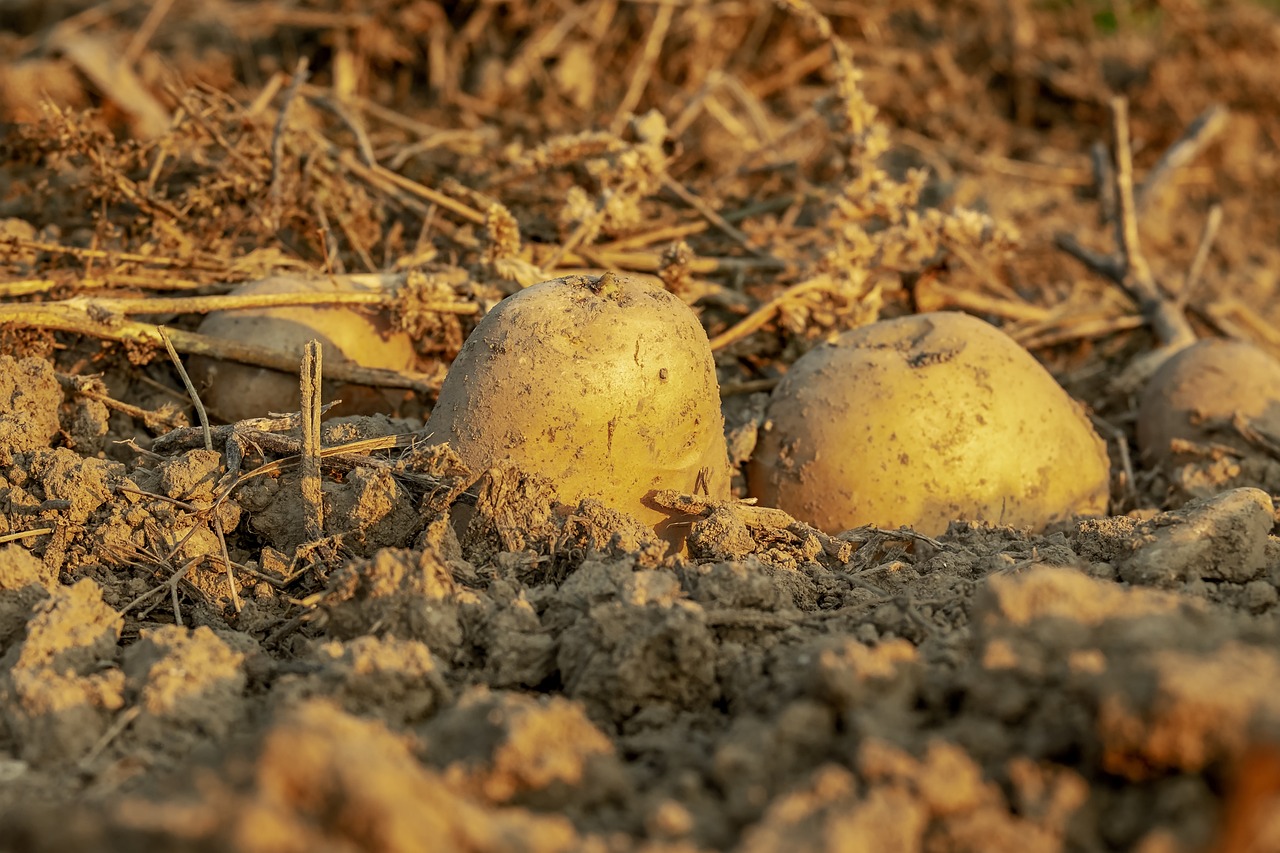
Pairing Roasted Vegetables with Main Dishes
Pairing roasted vegetables with main dishes is an art that can elevate your dining experience to new heights. The key is to complement the flavors and textures of the vegetables with dishes that enhance their natural goodness. Think of roasted vegetables as the star of the show, with the main dish playing a supporting role to bring out the best in each bite.
When choosing main dishes to pair with roasted vegetables, consider the overall balance of flavors and ingredients. For example, pairing hearty roasted root vegetables with a succulent roast chicken creates a comforting and satisfying meal. The sweetness of roasted carrots can beautifully contrast with the savory richness of a grilled steak, offering a dynamic flavor combination.
For a lighter option, roasted vegetables can be paired with grilled fish or seafood to create a fresh and vibrant dish. The smokiness of roasted peppers can enhance the delicate flavors of grilled shrimp, while roasted asparagus can add a touch of elegance to a simple grilled salmon fillet.
When it comes to vegetarian options, roasted vegetables shine alongside dishes like creamy risotto or flavorful pasta dishes. The caramelized notes of roasted cauliflower can add depth to a creamy mushroom risotto, while roasted cherry tomatoes can bring a burst of sweetness to a tangy pasta arrabbiata.
Don't be afraid to experiment with different flavor combinations and cooking techniques when pairing roasted vegetables with main dishes. Whether you're aiming for a comforting winter meal or a light summer dish, the possibilities are endless when it comes to creating delicious and satisfying meals with perfectly roasted vegetables at the center.
Frequently Asked Questions
- What are the best vegetables for roasting?
The best vegetables for roasting are those with a firm texture and lower moisture content, such as carrots, potatoes, Brussels sprouts, and bell peppers. These vegetables caramelize well and develop rich flavors when roasted.
- How should I season my roasted vegetables?
Seasoning roasted vegetables is crucial for enhancing their taste. You can use a mix of olive oil, salt, pepper, garlic powder, and herbs like rosemary or thyme for a classic flavor profile. Experiment with different seasonings to find your favorite combination.
- What temperature is ideal for roasting vegetables?
An optimal roasting temperature for vegetables is around 400-425°F (200-220°C). This temperature allows the vegetables to caramelize and develop a crispy exterior while remaining tender inside. Adjust the temperature based on the specific vegetables you are roasting.
- How can I prevent my roasted vegetables from becoming soggy?
To prevent soggy roasted vegetables, make sure to spread them out in a single layer on the baking sheet. Crowding the vegetables can trap steam and lead to sogginess. Additionally, avoid adding too much oil, which can make the vegetables greasy instead of crispy.
- Can I make roasted vegetables ahead of time?
Yes, you can make roasted vegetables ahead of time and reheat them before serving. To maintain their crispiness, reheat the vegetables in the oven at a high temperature for a few minutes. However, freshly roasted vegetables often have the best texture and flavor.







